Research Background
01. Definition and Overview
Atopic dermatitis (AD) refers to a chronic recurrent inflammatory skin disease that causes characteristic eczema like lesions, characterized by persistent itching, dryness, and typical skin lesions that change with age. The peak period of AD is usually in infants, and the incidence rate of AD in children is about 20%. Although most people's symptoms improve with age, 30% of AD children still experience lifelong relapse, seriously affecting their quality of life. AD not only troubles parents of human children, but also a major concern for many parents of furry children (dogs, cats). The incidence rate of AD is high in dogs. According to the survey data of skin hospitals in various countries, 77% of itchy dogs are diagnosed with AD, and the dogs usually need lifelong treatment, which brings heavy pressure on their owners in terms of time, money, energy, etc.
02. Clinical manifestations
• Chronic eczema like skin lesions
• Severe itching
• Dry skin, usually characterized by erythematous scaly patches, scabs, cracks, and lichenoid changes.
03.Causes and Effects
The etiology is complex, including genetics (such as mutations in genes encoding filaggrin (FLG)), autoimmune, environmental factors, etc. Genetic factors play an important role, among which the susceptibility to AD related to FLG gene is particularly prominent. AD patients with FLG gene mutations have a relatively earlier onset age and are more likely to have a history of allergies and asthma. In addition, there are many AD patients without related gene mutations, which suggests that AD is jointly regulated by many factors, such as heredity and environment. Environmental factors, such as increased air pollution, lower temperature/humidity, and ultraviolet radiation, may promote mast cell activity and the expression of related inflammatory cytokines by interfering with the skin barrier function, thus affecting the high incidence rate of AD.
04.Clinical significance
AD seriously affects the quality of life of humans and domestic pets, and the incidence rate has been on the rise in recent years. At present, symptomatic treatment is mainly used for relief in clinical practice, and the adverse reactions and high cost limit the effectiveness of treatment. New intervention methods are urgently needed to change this situation.
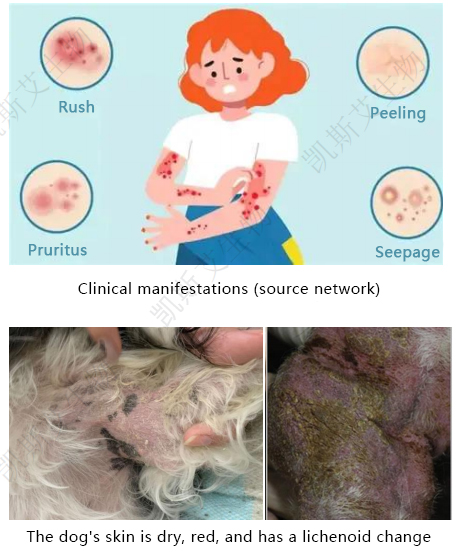
Atopic dermatitis model
01.Comparison of skin between different animals and humans

Tips:Compared with rodents, the skin structure of pigs and humans is more similar, which makes pigs often used as model animals for transdermal mechanism research.
02.Atopic dermatitis model
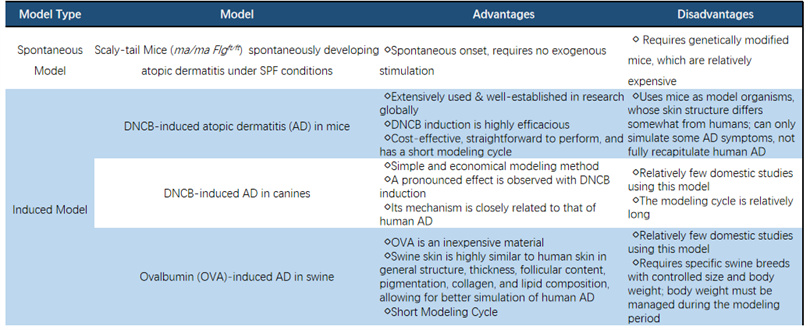
Summary: There have been many studies on mouse atopic dermatitis models, but the purpose of studying atopic dermatitis models is to serve humans. Therefore, pig and dog atopic dermatitis models are more in line with clinical requirements from the perspective of market demand and occurrence mechanisms, and are worthy of further research.
KCI Biotech Skin Disease Pharmacology and Pharmacology Evaluation Platform
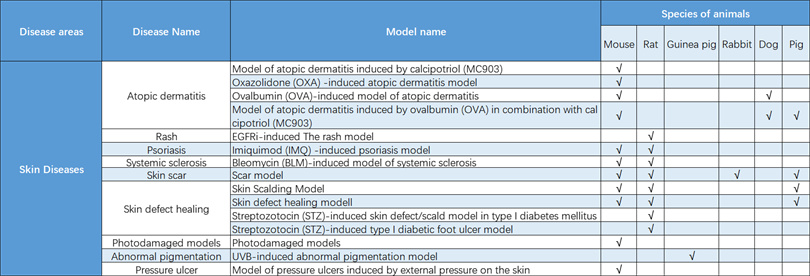
01.Canine atopic dermatitis model
Experimental animals:
• 4 beagle dogs, male, around 1 year old.Experimental procedure:
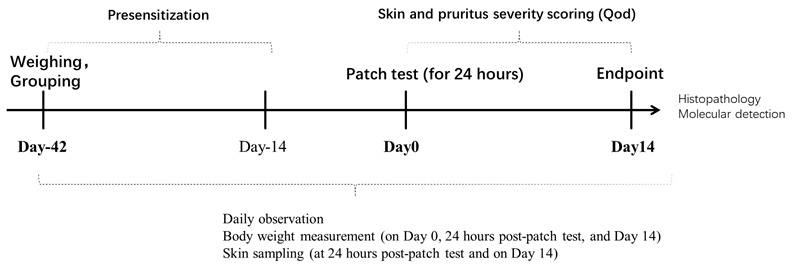
Testing indicators:
• In vivo: daily observation (skin surface observation), skin lesion score;
• In vitro: Skin histopathology (H&E, IHC), in vitro molecular detection of skin tissue - ELISA (IgE), qPCR (IL-6).
data display
▪ Skin changes
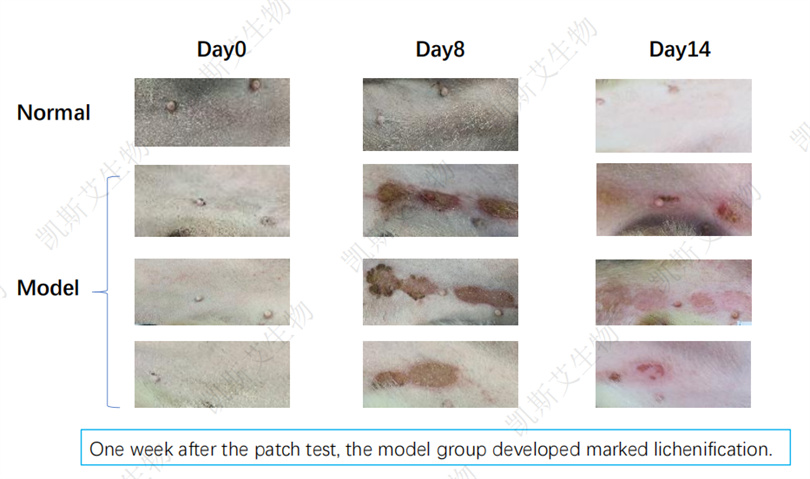
▪ Skin lesion severity score
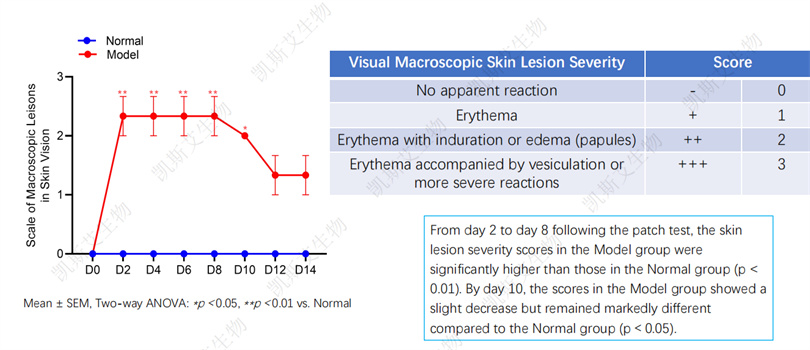
▪ Histopathology (H&E staining evaluation)
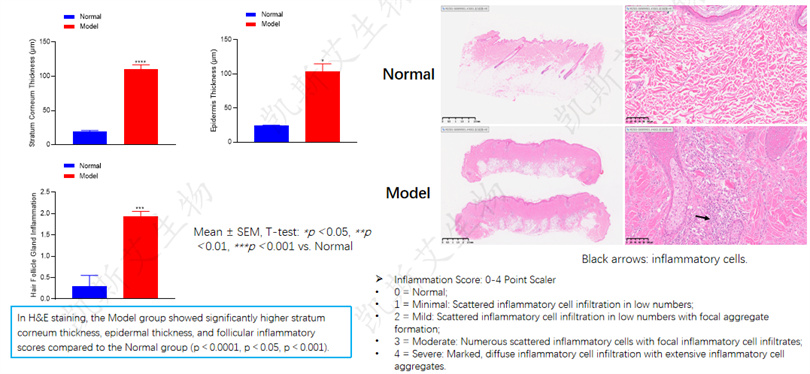
▪ Histopathology (IHC: α - SMA)
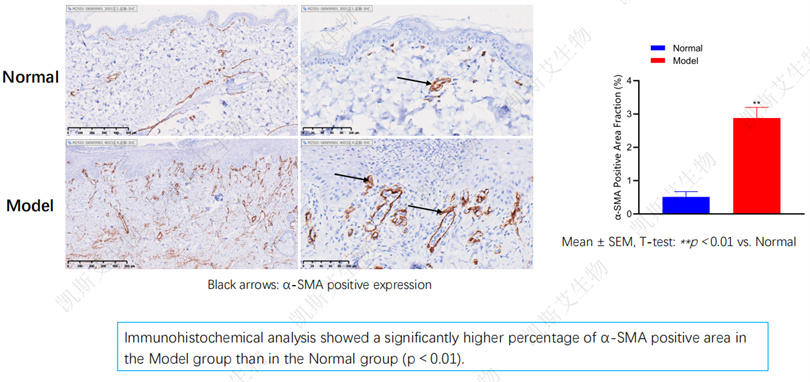
▪ Histopathology(IHC:Ki67)
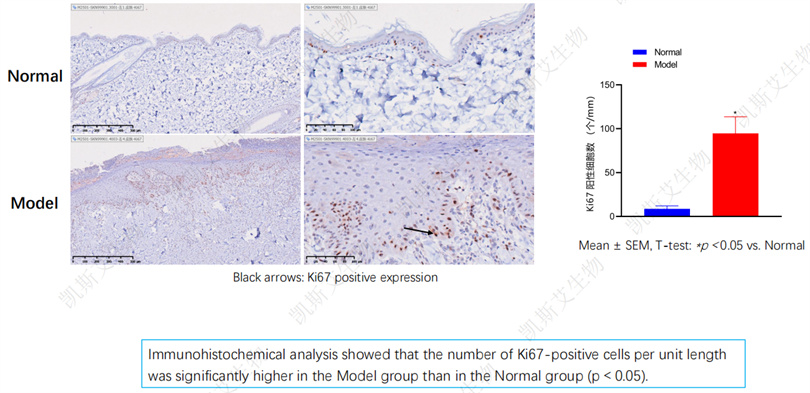
▪ Expression of IgE and IL-6 in skin tissue
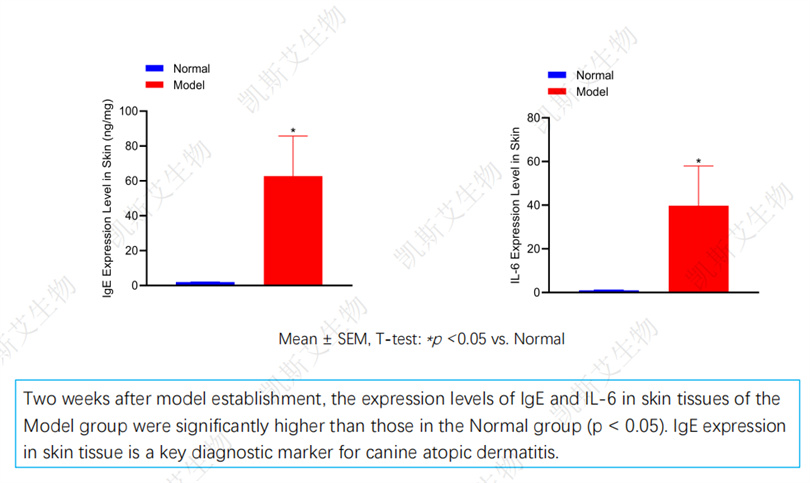
02.Pig atopic dermatitis model
Experimental animals:
• Bama pig, male, 10-15kg.
Experimental procedure:

Testing indicators:
• Daily observation: Skin surface observation;
• SCORAD: Dermatitis score (erythema, edema, desquamation, scab or exudation).
Test endpoint detection:
• Skin pathology testing: H& E: Pathological changes in the epidermis and dermis.
data display
▪ Skin changes
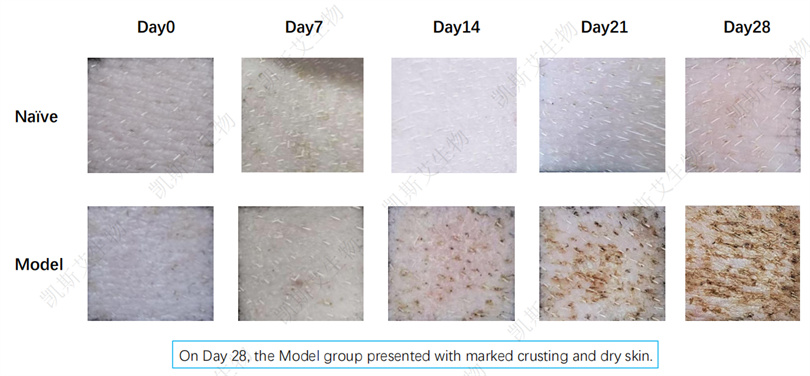
▪ Dermatitis Score - SCORAD
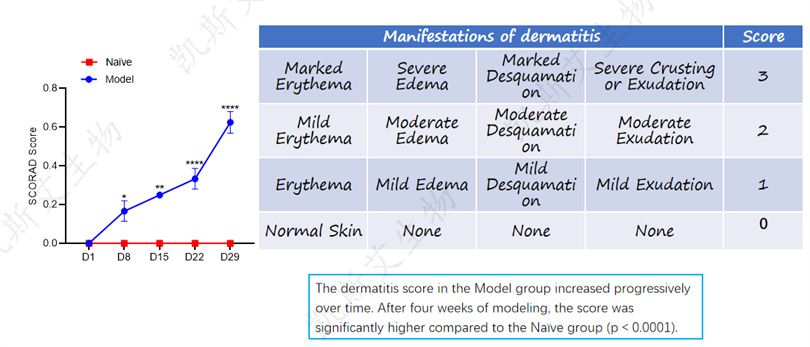
▪ Histopathology (H&E staining evaluation)
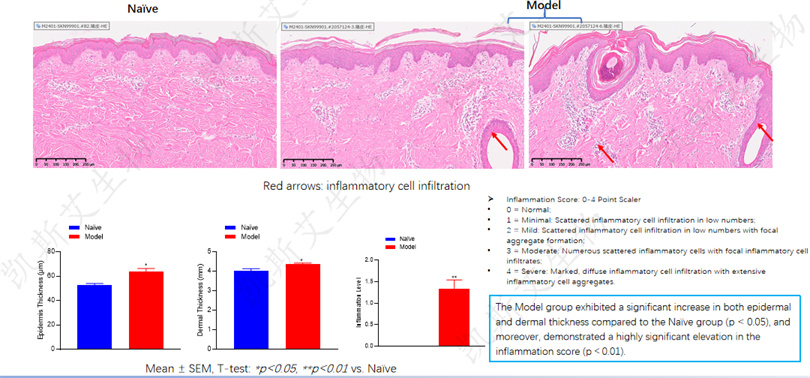
Summary and Clinical Implications
• Model effectiveness: Both dog and pig atopic dermatitis models showed characteristics of AD such as eczema like skin lesions and significant epidermal thickening, providing reliable evidence for AD diagnosis and treatment research.
• Clinical value: The incidence rate of atopic dermatitis in humans and pets is increasing year by year. There are few studies on the models of atopic dermatitis in dogs and pigs at home and abroad. The establishment of these two models can provide a research platform for AD.




